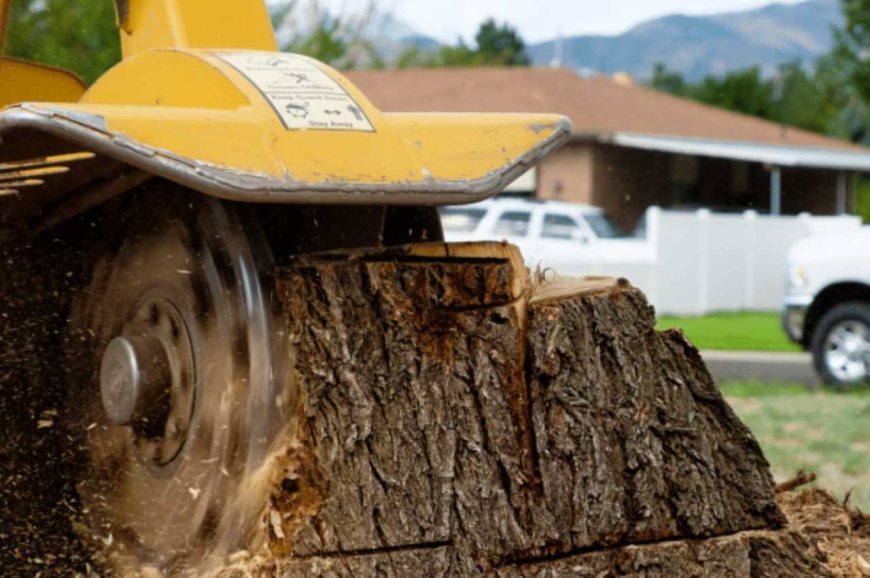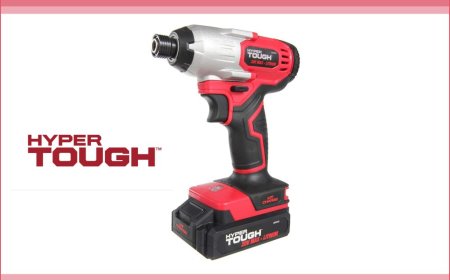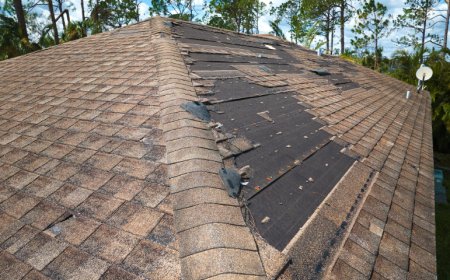Stump Grinding: What It Is, How It Works & Why You Might Need It
Stump grinding is the cleanest, quickest, and most affordable way to deal with that leftover tree stump. It not only improves your yard’s appearance but also prevents future headaches from pests, regrowth, or injuries. Whether you rent a grinder or call in the pros, don’t skip this crucial step in the tree removal process.

So, youve had a tree cut downnow what? Youre left with a big, ugly stump right in the middle of your yard. Thats where stump grinding comes in.
Stump grinding is the process of using a machine to shred a tree stump down below ground level. It's fast, efficient, and a much cleaner alternative to digging it out completely.
Lets dig in (pun intended) and break down everything you need to know about stump grinding.
? What Happens If You Dont Grind the Stump?
You might be tempted to just leave the stump. But that decision can come back to bite youliterally.
? Regrowth Problems
Many trees, especially hardwoods, will attempt to grow back from the remaining stump. Youll see little shoots popping up all around itannoying and hard to control.
? Pest and Insect Attraction
Stumps are a magnet for termites, carpenter ants, beetles, and other pests. From there, its a short journey to your homes foundation.
?? Safety and Tripping Hazards
Got kids or pets? That stump is a tripping accident waiting to happennot to mention a nightmare for lawnmowers.
? Curb Appeal and Aesthetics
Lets be honesta rotting stump is an eyesore. Grinding it down restores the beauty of your yard.
? Stump Grinding vs. Stump Removal
These two arent the same, and its important to know the difference.
? Grinding (Most Common)
A stump grinder chips away at the wood until its about 412 inches below ground. The roots stay underground, but the stump is gone from sight.
? Full Removal (Excavation Method)
This method involves digging out the entire stump and root system. Its labor-intensive, messy, and typically only done when absolutely necessary.
? Pros and Cons of Each
| Method | Pros | Cons |
|---|---|---|
| Grinding | Quick, less invasive, affordable | Roots remain, may regrow |
| Full Removal | Removes all roots | Expensive, heavy equipment needed |
?? How Stump Grinding Works (Step-by-Step)
1. Assessing the Stump
A pro will measure the stumps width, check the wood type, and see how accessible it is for equipment.
2. Choosing the Right Grinder
Depending on the size and location, they may use a small walk-behind machine or a large towable grinder.
3. Grinding Below Ground Level
The operator carefully grinds the stump down in layers, usually 412 inches deep, until its fully below ground.
4. Cleaning Up the Debris
Youll be left with a pile of wood chips. You can use them for mulch, compost, or have the crew haul them away.
? Types of Stump Grinders
? Handheld Grinder
Best for very small stumpsoften rented by homeowners.
???? Walk-Behind Grinder
Compact and maneuverable. Great for small yards or tight spaces.
? Rear-Hitch or Towable Grinder
Mid-size option. Can handle medium-to-large stumps quickly.
?? Large Commercial Grinder
Mounted on trucks or tractors. Used for multiple large stumps or commercial projects.
? How Deep Should You Grind a Stump?
Standard grinding depth is about 4 to 6 inches below ground. For areas where you plan to replant, you might want to go deeperup to 12 inches.
??? DIY vs. Hiring a Professional
? Pros of DIY (and Limitations)
Renting a grinder can cost around $100$200 per day, and it's doable for small stumps if you're handy.
But be warned:
-
Stump grinders are heavy and dangerous
-
Youll need protective gear
-
Youre responsible for any damage
? Why Professionals Are Often Worth It
Hiring a pro may cost more, but you get:
-
Fast, clean results
-
No equipment rental headaches
-
Peace of mind (and safety)
? What to Do With the Mulch After Grinding
1. Use It in Landscaping
Perfect for flower beds, around trees, or as pathway filler.
2. Compost It
Mix it with green yard waste for a balanced compost pile.
3. Dispose of It Properly
If you dont want it, most tree services will haul it away.
? Cost of Stump Grinding
Prices vary based on size, location, and root complexity. Heres a rough idea:
| Stump Diameter | Estimated Cost (USD) |
|---|---|
| Under 12 inches | $60 $120 |
| 1224 inches | $120 $200 |
| 24+ inches | $200 $400+ |
Additional charges may apply for:
-
Root grinding
-
Difficult access
-
Mulch cleanup and disposal
? Environmental Benefits of Stump Grinding
-
Creates reusable mulch instead of waste
-
No need for chemical treatments
-
Keeps soil healthier than full removal
? When NOT to Grind a Stump
Invasive Tree Species
Trees like bamboo or tree-of-heaven may regrow aggressively. In those cases, full root removal is better.
Nearby Foundations or Pipes
Grinding might not be safe if roots are entangled with utility lines or your homes foundation.
? Conclusion
Stump grinding is the cleanest, quickest, and most affordable way to deal with that leftover tree stump. It not only improves your yards appearance but also prevents future headaches from pests, regrowth, or injuries.
Whether you rent a grinder or call in the pros, dont skip this crucial step in the tree removal process.
? FAQs
1. How long does stump grinding take?
Most stumps can be ground in 30 minutes to 2 hours, depending on size and wood type.
2. Will the tree grow back after grinding?
Usually not. But some species may sprout from remaining roots unless treated.
3. Can I plant another tree in the same spot?
Yesbut grind deep, remove excess mulch, and refresh the soil first.
4. Is stump grinding noisy or messy?
Yes, it's loud and generates a lot of mulch, but cleanup is usually included in professional services.
5. Do I need a permit for stump grinding?
Rarely. But if you're grinding in a public area or near utilities, it's best to check with your city.








































